Are world leaders playing with fire ? In July 2002, at the dawn of America’s war on terror, the US withdrew from the ABM treaty. The ABM treaty signed in 1972 ensured both the USSR and the USA would not build a “Ballistic shield”, protecting their respective country from an attack. The angular stone of the ABM treaty was the MAD doctrine: Mutual Assured Destruction. In short, anybody silly enough to launch a nuclear attack would be the target of a retaliatory nuclear attack in return. There would be no winner.
By not only withdrawing from the ABM treaty but by pledging to build a ballistic shield, the US changed the dynamics and the balance between the two nuclear superpowers. Could America be one day tempted to launch a nuclear strike from behind its shield, Moscow wondered ?
Washington’s argued that the ballistic shield was necessary to protect the US from upcoming nuclear powers; Rogue States; Bush’s Axis of Evil, namely Iran and North Korea. However, this shield would be built in Eastern Europe, at Russia’s gates, with a tracking radar in Czech Republic and the launchers in Poland.
Moscow was irate. The Russians argued that the position of this shield was aimed at Russia, not Iran or North Korea, as it was not on the path of any logical trajectories potential Iranian missiles would take. Moscow requested to be associated with the running of the facilities, but this was refused. Moscow’s worries are twofold: One, ballistic shields at its borders could dilute Russian deterrence. Why would Washington or NATO hesitate to attack Russia if the Russian’s means of retaliation are seriously eroded. Two, Moscow is also worried that this shield could very quickly be turned into a sword: The SM-3 interceptor launchers could potentially be used to store and launch naval cruise missiles, Moscow argues, not only breaching the INF treaty but also directly threatening Moscow, Kaliningrad and St Petersburg….
From 2008 onward, Moscow started deploying an increasingly large amount of 9K720 Iskander complex in Kaliningrad. The Iskander has an operational range varying from 30km to 500 km, it flies to its target at hypersonic speeds (Mach 6.2) and it can carry a nuclear warhead. Furthermore, the missile can be re-targeted mid-flight. But what makes the Iskander special is that its flight path is not completely ballistic, it follows a flatter trajectory and can perform evasive manoeuvres. This makes it a very tricky missile to intercept. And Moscow never denied the Iskanders in Kaliningrad were there to potentially target the US ballistic shield in Poland…
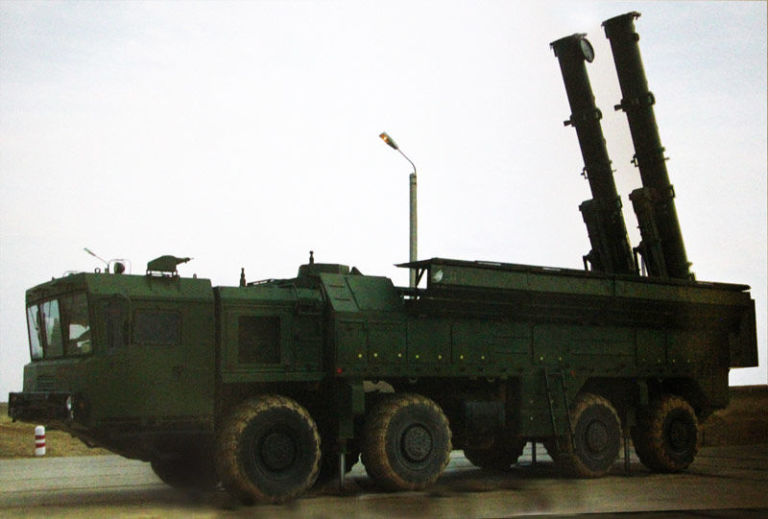
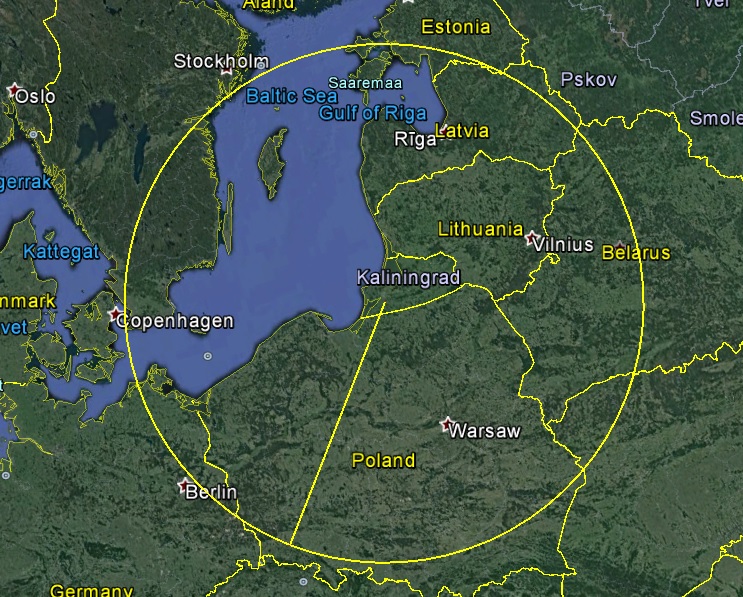
From there onward, trust between Russia and the US degraded. Moscow’s military intervention in Georgia in 2008 further strained the relations between the two countries and Clinton’s famous Reset in 2009 did not reset anything indeed. Trust was never restored.
In 2014, Russia intervened militarily in Crimea. Almost straight away, Washington announced Russia was working on deploying the banned SSC-5/RK-55 land based cruise missile. This missile was about to be deployed in 1987 when the INF treaty came into force. The Soviets subsequently destroyed 80 missiles under supervision.
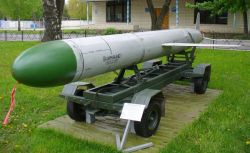
The INF signed between the Soviet Union and the USA in 1987 bans the ownership and use of land based cruise missiles and ballistic missiles with a range of between 500km and 5500km. Between May 1988 and May 1991, both countries destroyed 2,692 missiles and countless launchers.
In May 2017, Washington confirmed that 2 battalions of RK-55 were indeed deployed operationally. Considering it would take years of work to reactivate old missiles dating back to the end of the 80’s or more likely manufacture new ones, It was clear the Russians had been working on that program behind the scene for quite a while. Therefore, Moscow finds itself in flagrant breach of the INF.
The RK-55 is a subsonic land based cruise missile with a supersonic terminal approach and a range of 3000km. It can also carry a nuclear warhead. What worried the observers is that the system seems to be integrated into the Iskander battalions and the launchers are almost identical looking. One such launcher in Kaliningrad has the potential to target any objective anywhere in the whole of the European Union and go as far as Iceland !
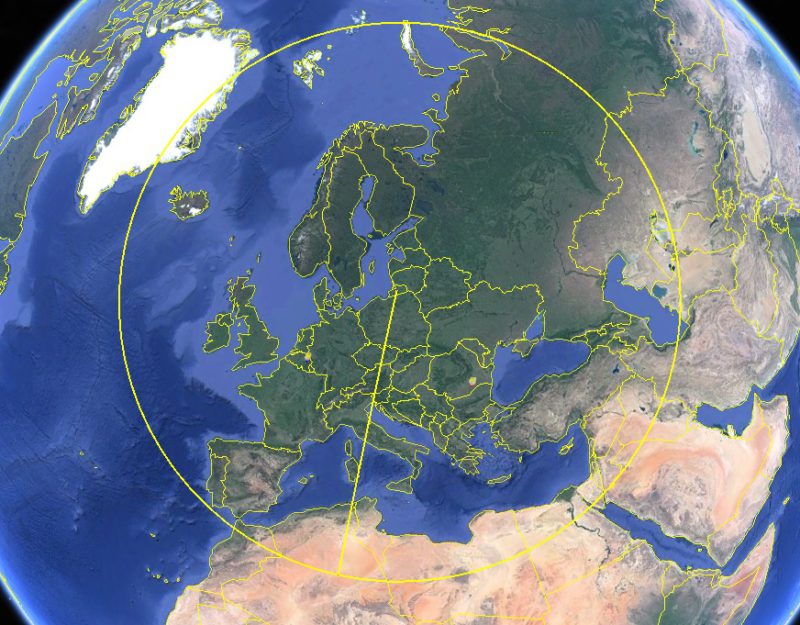
As Iran and the rest of the world reached a nuclear deal in 2015, Russia argued that Iran was no longer a threat to the US and therefore there were no reasons to continue installing elements of the ballistic shield in Europe. The US refused to stop the ongoing work on the sites which should be operational from 2018 onward.
2015 also saw Russia intervene militarily in Syria, siding with Assad and the Syrian army. This pits Russia against militias trained, armed and financed by the West. Syria is fast becoming the first proxy war between the two blocs since the end of the Cold War. Worse still, both sides’ special forces and respective air forces are operating in the same areas, within reach of each other.
Both the Black Sea and the Baltics are fast becoming a hub of hyperactive operations, with both sides probing, intercepting, escorting and occasionally “buzzing” each other at an unprecedented rate. NATO is sending troops a stone throw away from Moscow, which is supposed to work as “dissuasion”. Moscow takes it as provocation and replicates by calling in more and more snap drills within its army and rolling out the biggest technical and organisational overhaul or its armed forces since the heights of the Cold War.
Russia is also frantically building small patrol crafts and Corvettes type ships which are equipped with Kalibr cruise missiles. In 2015, several of those small ships fired Kalibr missiles from the Caspian Sea at targets in Syria. The Kalibr missile has a range of 2500 km and can fly at up to Mach 2.9. It can also be equipped with a nuclear tip. Those boats are small. Small enough, in fact that they are not built in a naval shipyard on the coast, but instead in a fluvial shipyard, on the banks of the Volga river, in Tartastan. Those ships can cruise all the way to Moscow… While not breaching the INF treaty (land based cruise missiles are forbidden, not the naval variant fitted on ships!), it simply enables Russia to go around it. While there are no indication Moscow has deployed Kalibr patrol boats in Moscow, the potential exists, and this would enable those small ships to target the whole of Eastern Europe and part of Western Europe as far as Paris…
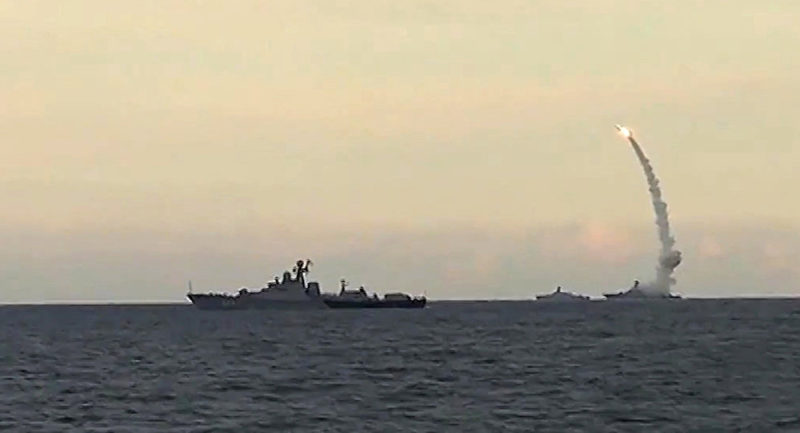
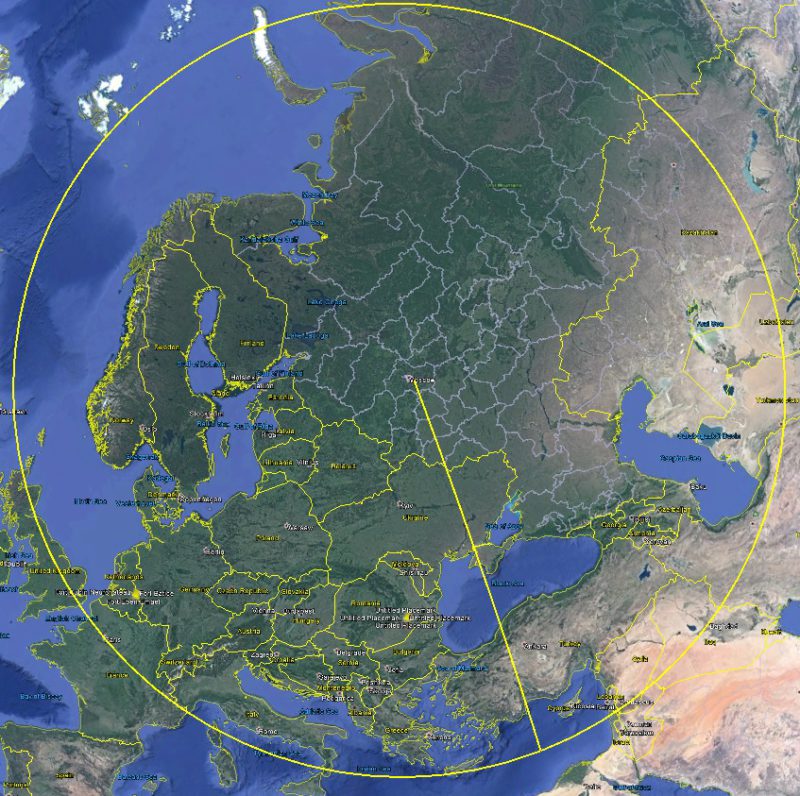
In June 2017, the American press started talking about the US administration thinking about maybe withdrawing from the INF treaty altogether.
The sentence “Cold War 2.0” is often cited and people think “Here we go again”. But the situation is, in my humble opinion, worse today than it was ever before.
See, there was no love lost between the two blocs during the Cold War. There were proxy-wars aplenty, a constant arms race and some perilous crisis indeed. But for all their respective rhetoric, leaders on both sides respected each other and even during the worse crisis, communication channels remained open. It was a Cold War, but there were rules, treaties were signed, checks were put in place. It was, as far as a cold war could be, a reasonable one, led by reasonable individuals.
What we are seeing now is completely different. The American withdrawal from the ABM treaty in 2002 can be seen as a serious miscalculation. It happened at a time when Russia was not a threat to the West. Its military was in tatters and its leadership was busy trying to reform the country and its moribund economy. Relations between East and West were not jovial, but they were cordial and sometimes even constructive. The death of the ABM treaty changed all that.
Russia’s response has been disproportionate and sometimes asymmetric (another trending word), in a bid to safeguard a level of deterrence despite the American ballistic shield at its border. Basically, Moscow has multiplied its first strike and retaliation options. And the situation has been escalating ever since. Every Russian reaction is seen by the West as a threat, feeding the rhetoric of a handful of very vocal Russophobic hawks in the American and European administrations, relayed, more often than not, by the media. This leads to American and NATO decisions and actions that comforts Moscow in its sometimes hysterical paranoia and view that the Americans want nothing more than surround Russia with military bases to isolate and neutralise this country.
Both side feed each other’s fears. Both sides justify each other’s actions. In a self-fulfilling prophecy, both sides are pushing the other to escalation and provocations. And what is scary is that the treaties of old that kept peace in a precarious balance are torn apart or ignored; Communication channels that were opened for over 50 years are often silent. Both blocs despise each other. That’s not new. And hawks on both sides are blowing on the ambers. This also, is not new. What is new is that respect and self-control seems to have vanished also. Not many sane voices are heard over the sound of the drums of war.
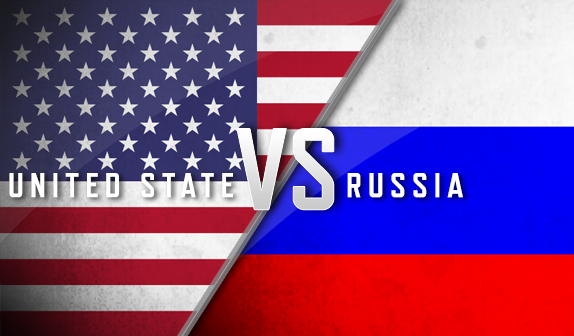









I must say you have very interesting articles here.
Your posts should go viral.